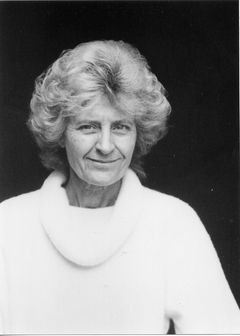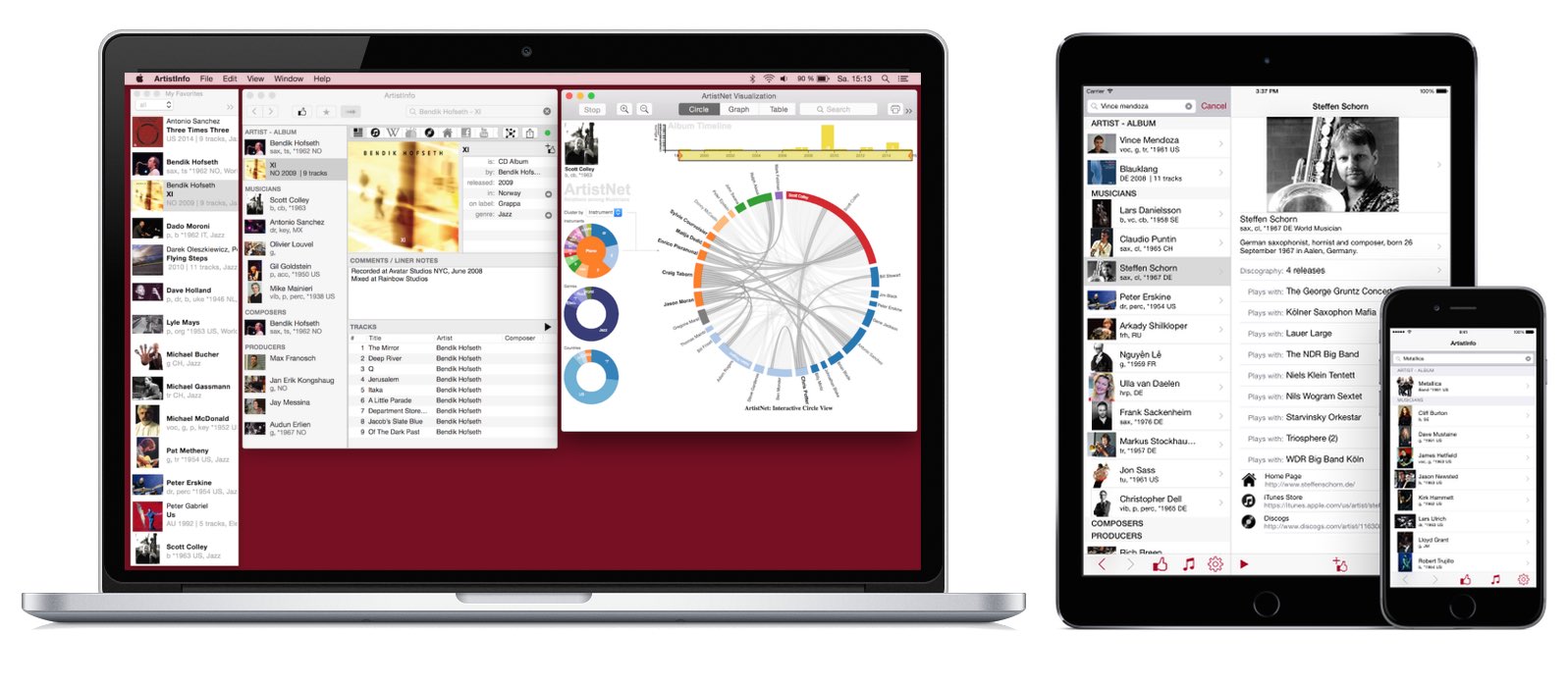
Laurence Boulay
Danses Et Chansons Du Xvie Siècle
Album FR 1979 on Erato label
Classical (Baroque)
Apart from the well-known works of the English virginalists, the harpsichord and spinet music of the sixteenth century is still largely undiscovered territory. That century of course marked the apogee of vocal polyphony in Europe: but it should not be forgotten that it was then that there also came into being for the first time a body of music intended specifically for the keyboard (the organ and the harpsichord). No French school of harpsichord writing had yet emerged, for the lute was still the favourite instrument in that country; but far too little is known about the Italian, Spanish and German schools. There were in fact close musical links between these countries, with their different cultures, thanks to the many individual contacts between their peoples, the frequency and importance of artistic cross-fertilization (ltaly-Spain, Spain-England, England-Flanders, etc.), and that extraordinary 'propensity to travel which kept musicians on the move, wh ether accompanying their royal masters (e.g. Antonio de Cabezon and Philip Il) or, in quest of a larger musical culture, sitting at the feet of distinguished foreign teachers (as Ammerbach, among many others, did). The links are evident in the very titles of many of the pieces on this record. Italy is everywhere, for dances of ltalian origin (such as the passomezo) spread ail through Europe and served as vehicles for the musical thought of the Mediterranean region, thus fertilizing the whole of European music in the sixteenth and seventeenth centuries. The earliest harpsichord music was dance music. But although harpsichordists loved tourdions and pavanes they also played song-tunes. Keyboard arrangements of polyphonic vocal pieces were made, together with harmonizations of popular themes and variations on tunes that everybody was humming (e.g. the Romanesca, and the Ruggiero). And gradually the music became richer and livelier, and keyboard technique advanced and became better-adapted to the instrument, under the stimulus of composers of talent. It is no mere coincidence that ail the composers represented here were organists. ln the sixteenth century there was still no clear distinction between organ music and harpsichord music. No doubt these composers and players, like their seventeenth:century successors, played both instruments. Seven different dances are represented on this record. The Pavane, a slow, majestic dance played during solemn processions or at the start of a bail, when the dancers would move slowly round the room immediately before the saltarello or galliard. ln fact it is this combination of pavane and galliard that occurs mos! frequently in music of the sixteenth cent ury but pavanes are also found separately, in English music for viol, in ,Gennan music for several instruments, and in seventeenth-century English ' and French keyboard music (by such composers as Tomkins, Gibbons, Dowland, Chambonnières and Louis Couperin,)
Musicians
 | Laurence Boulay hps, 1925-2007 FR album by |
Album Tracks
| No | Title | Artist | Composer | Duration |
|---|---|---|---|---|
| 1 | Passo E Mezo | Laurence Boulay | ||
| 2 | Saltarelle | Laurence Boulay | ||
| 3 | Passomezo antico 1 et 2 | Laurence Boulay | ||
| 4 | Saltarello dei Re | Laurence Boulay | ||
| 5 | Fusi Pavana Piana | Laurence Boulay | ||
| 6 | Gagliarda "Cathaccio" | Laurence Boulay | ||
| 7 | Padoana Prima Dita la Proficia | Laurence Boulay | ||
| 8 | Gagliarda "Fornerina" | Laurence Boulay | ||
| 9 | La Romanesca | Laurence Boulay | ||
| 10 | Canzone Sopra Il E Bel E Bon | Laurence Boulay | ||
| 11 | Canzon Arioza | Laurence Boulay | ||
| 12 | Canzon A 4 Dita "La Rolanda" | Laurence Boulay | ||
| 13 | Diferencia Sobre la Pavana Italiana | Laurence Boulay | ||
| 14 | Diferencia Sobre la Gaillarda Milanesa | Laurence Boulay | ||
| 15 | Diferencia sobre il canto ilano dei Caballero | Laurence Boulay | ||
| 16 | My Lady Careys Dompe | Laurence Boulay | ||
| 17 | A Pavyon | Laurence Boulay | ||
| 18 | Gaillard | Laurence Boulay | ||
| 19 | The Second French Coranto | Laurence Boulay | ||
| 20 | The Soldier's Delight | Laurence Boulay | ||
| 21 | Pavana And Galiard | Laurence Boulay | ||
| 22 | Callino Casturame | Laurence Boulay | ||
| 23 | Almande Prynce | Laurence Boulay | ||
| 24 | "Wer das Tochterlein haben wil" | Laurence Boulay | ||
| 25 | "Ist mir ein fein braun Meg" | Laurence Boulay | ||
| 26 | Nachtanz Padoana Venitlana | Laurence Boulay | ||
| 27 | Branle Gay | Laurence Boulay | ||
| 28 | Passomezo Ungaro E 'saltarello Suo | Laurence Boulay |
